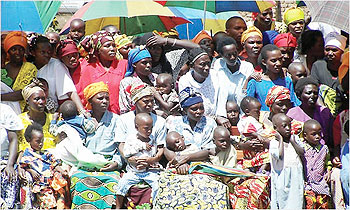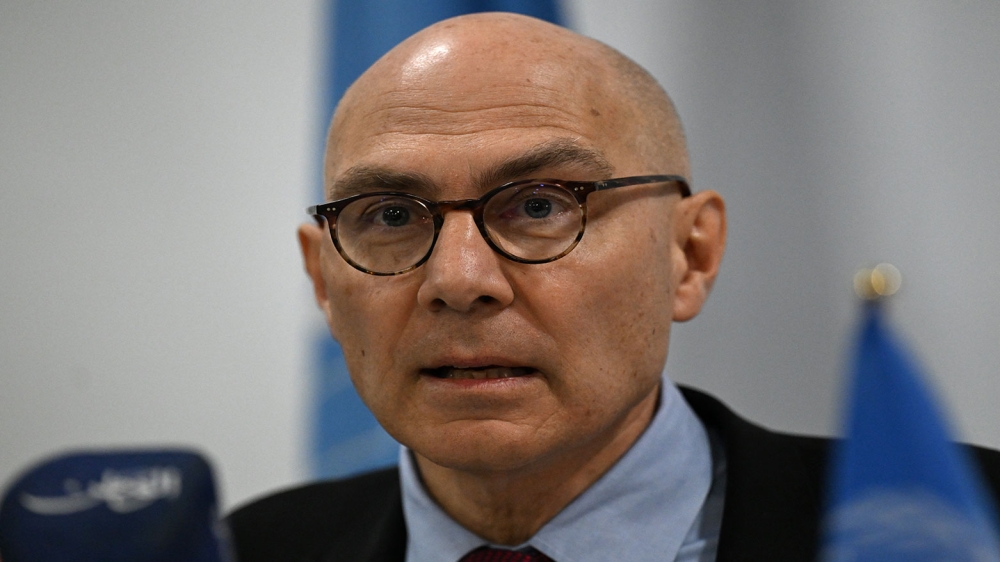The last decade in Rwanda's history has been one of transition and rebirth. Seventeen years ago, the country was emerging from several years of strife and civil conflict but the over growing population is worrying.Despite this impressive transformation, Rwanda faces various challenges, many related to the complex relationships between population trends, poverty, and environmental conditions.


The last decade in Rwanda's history has been one of transition and rebirth. Seventeen years ago, the country was emerging from several years of strife and civil conflict but the over growing population is worrying.
Despite this impressive transformation, Rwanda faces various challenges, many related to the complex relationships between population trends, poverty, and environmental conditions.
Rwanda being among the smallest countries in Africa with the current population growth rate of 2.7 percent, the country’s population could double by the early 2030s if measures are not put in place to curb the growth rate.
The country’s economic growth rate is at about eight percent while the fertility rate is at 5.5 percent with Rwandan women on average giving birth to five or six children.
According to Jean Damascene Ntawukuriryayo, Deputy Speaker of Parliament, there is need to adjust policies of controlling the population growth rate in order to accelerate the country’s development goals.
Figures from the United Nations indicate that, currently, Rwanda is ranked number 21 among the countries with the highest population growth.
Rapid population growth and the resultant dwindling landholdings have pushed more people onto landscapes poorly suited for agriculture, grazing, and settlement.
The Increased population represents problems for a country - it means increased need for food, infrastructure, and services. These are expenses that most high-growth countries have little ability to provide today.
The high population growth in the country hinders government’s efforts to effectively fight poverty and achieve its development programmes.
In my view the optimum strategy for restraining high population growth is to overcome financial and cultural barriers to universal provision of sexual and reproductive health services.
Finally a lower population trajectory will relieve pressure on environmental limits but is far from sufficient as a vision for sustainable use of our finite resources.
Kanye_frank@yahoo.com
On twitter @kay_frank




